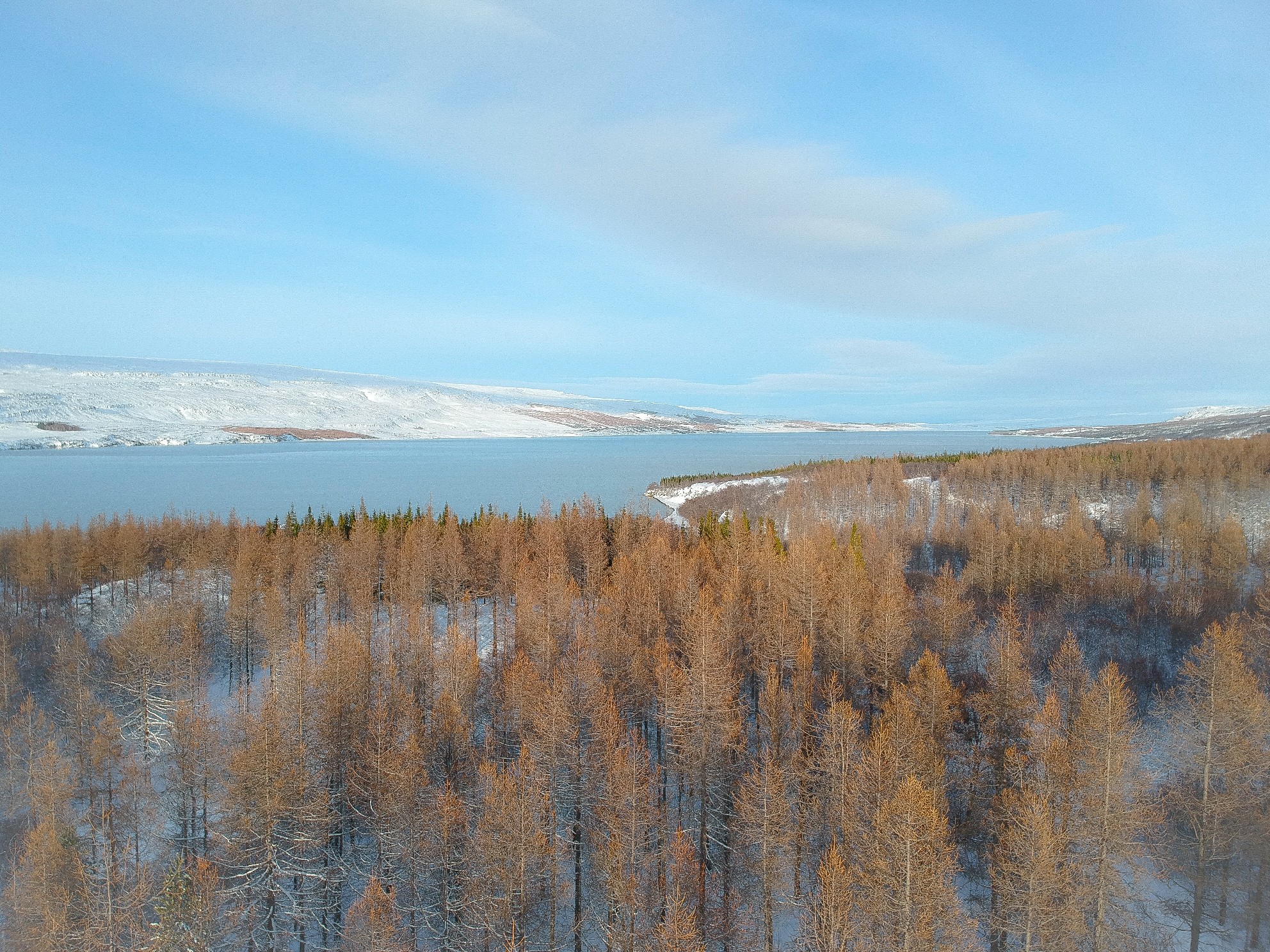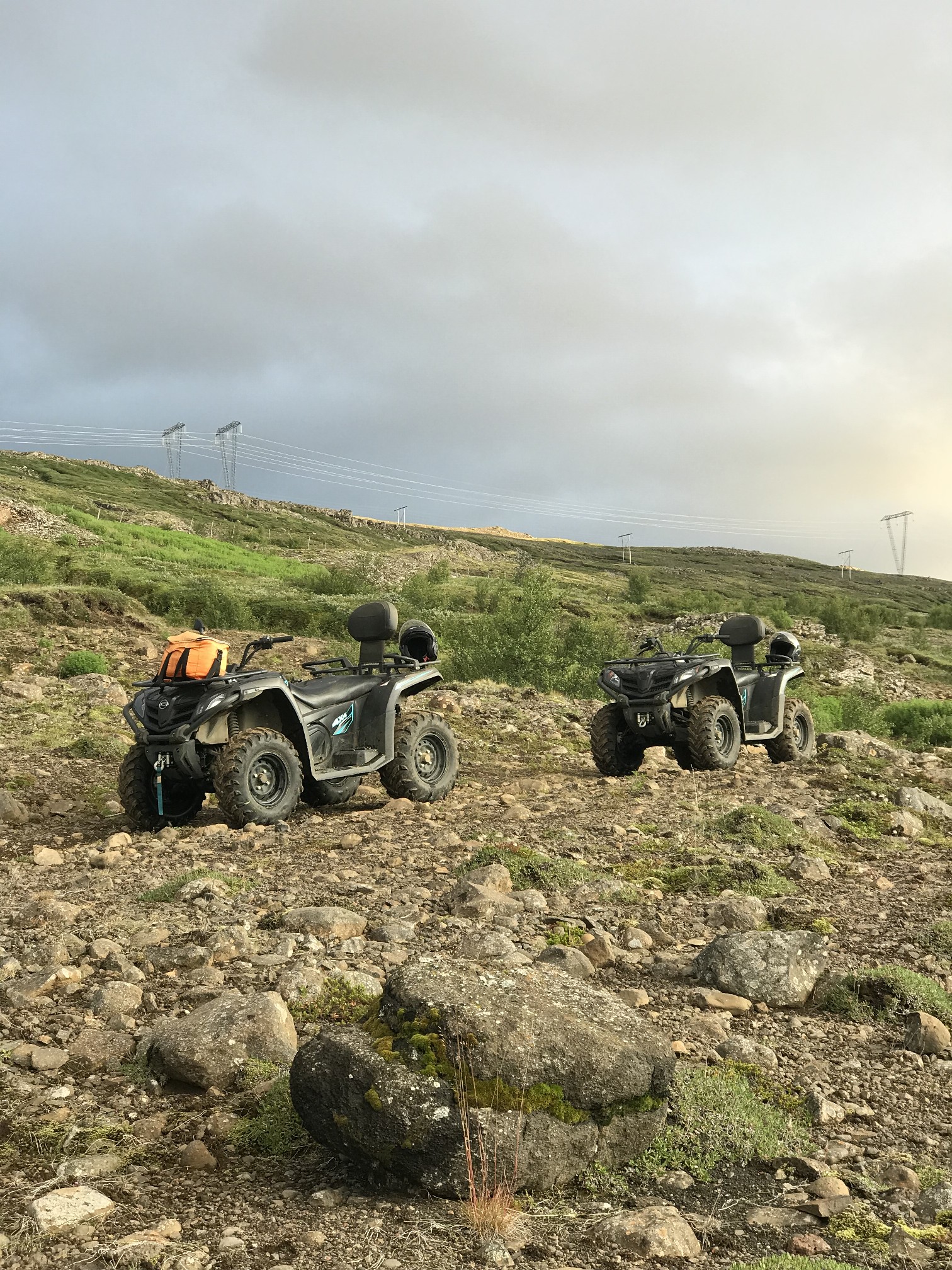
Egilsstadir
Super excited for a whole weekend in the Nature Paradise in East Iceland, Egilsstaðir, I have an early start on Saturday morning. I start my day by driving from Egilsstaðir to Hallormsstaðaskógur forest which lies in approx. 20 minutes drive from Egilsstaðir.

Vallanes
On the way there I stop in Vallanes, where the family owned company “Mother Earth” is based. They have won several awards for their organic agricultural products. I get a hearty and organic breakfast from Icelandic barley, grown locally in the fields of Vallanes. In their cute little shop I stock up with some delicious products produced locally by them.

Hallormsstaður
With the belly full of healthy and good energy for the day, I continue my drive into Hallormsstaður forest. Nothing beats strolling around Iceland’s largest forest and getting lost amongst the trees and inhaling the smell of birch. Of course, I try to spot the Wyrm in the lake of Lagarfljót, or as locals call him: Lagarfljótsormurinn, which, as everyone knows, lives in the lake.

After a refreshing walk around the Hallormsstaður forest, I meet up with the guys from East Highlanders. It is time for some action: a ride with a quad bike through the woods. This is a great way to get your blood moving and see the forest from a different perspective. You can borrow a suit, because we will be rushing through streams and mud on the way. The guide stops at selected points of view and tells stories of the forest and its inhabitants so I will be much wiser after this wonderful experience.
Hallormsstaður

Skriðuklaustur
After the cool drive, I make my way into the historical site of Skriðuklaustur which only takes me 15 minutes. There, I examine the ruins from a medieval monastery from the 16th century, but the remains were excavated in the years 2002-2012. It also houses the manor that was built in 1939 by the author Gunnar Gunnarsson. The house is very special, stone-clad with a turf roof. There is an exhibition about the monastery and a museum about the poet in Skriðuklaustur but Snæfellsstofa visitor center is also located in the area. It is worth a visit and I recommend taking a look at the interactive exhibition about the nature of Vatnajökull National Park. It is ideal to have lunch at Skriðuklaustur, but the restaurant Klausturkaffi uses mainly ingredients that are made in the area.

Laugarfell
From Skriðuklaustur I continue to Laugarfell which is up on Fljótsdalsheiði heath. The sudden change in the landscape is striking as I drive up the slopes of the heath – I leave the green meadows and the forest with its rich vegetation behind and head toward the barren and remote wasteland for approx. 40 minutes. In Laugarfell I rest my bones in a hot spring and rinse off the forest dust. The water in the hot springs is a natural source and the pots are made of stone in the old traditional way, giving them a lot of charm. The view from the hot springs is beautiful with the magestic Mt. Snæfell overlooking from the distance.

Kárahnjúkar
From Laugarfell I head directly to the power plant in Kárahnjúkar, which is the largest power plant in Iceland and is probably one of the most controversial constructions in the country. It is a 690 MW hydroelectric power station and is 198 meters high. It is the largest of its type in Europe. It’s a fantastic experience to walk along the rim of the dam and look down into the spectacular canyon below. It is impressive sight and gives you a sense of how tiny the human really is in comparison with nature when you stand in front of this magnitude and scale.

Dimmugljúfur
After I leave the majestic dam behind, I drive a rugged jeep trail to Dimmugljúfur (Dark Canyon). The drive takes me around 30 minutes. The impressive canyon stretches about seven to eight kilometers from the northern part of Vatnajökull icecap towards the valley Jökuldalur (Glacier Valley). With its 200 meters high walls and only about 150 meters width they seem narrow and intimidating as everything is dark and steep. It is believed that the river Jökulsá á Dal, which was the second most powerful river in Iceland, dug the canyon over millions of years through the palagonite layer and formed the canyon. On the parking, you will find a sign containing information and the trail running through the canyon and to Magnahellir cave, which lies in about 1,5 km. distance. A farmer named Magni from the farm in Eiríksstaðir was the first one to keep his sheep there in winter.

Stuðlagi Canyon
After this refreshing hike I drive down to Jökuldalur valley. There I aim for a truly stunning Wonder of Nature that was just recently discovered. It came to light after the Kárahnjúkar power plant was put into operation and the water levels in the river Jökulsá á Dal declined. This long hidden gem is the part of the Jökulsá canyon called Stuðlagil. The name is derived from the fact that it is home to one of the largest and most beautiful basalt columns formation in Iceland.
There are two options to access the Stuðlagil Canyon. You can drive south of the Hringvegur (road # 1) and onto road number 923. From the farm Klaustursel there is a 10 km. hike to the canyon. You will get really close to it and see it in all its glory from below. The other way is from the farm Grund, where you can park the car and walk the path to the riverbank, approx. 250 meters. There is a good view down to the Stuðlagil and diverse columns look spectacular. Bear in mind that even though the walk is short caution is needed because the path is partly steep. Since the day has been long and busy, I choose the shorter route to this magnificent gorge.
From here, I still have one hour of drive left to get back to my base for the weekend at Egilsstaðir. After a wonderful day in the breathtaking nature that surrounds the Center of the East, Egilsstaðir, I return to the village and pay Askur Taproom a visit, which is a local brewery. Austri beer is manufactured there and I have booked an excursion and beer tasting. Finally, I end up having a delicious pizza at the same place, Askur Pizzeria.

Lake Lagarfljót

Borgarfjörður Eystri
On Sunday I start my day at the breakfast buffet at the Lake Guesthouse in Egilsstaðir. The scenery from the restaurant is breathtaking as it overlooks the lake Lagarfljót. I set sails in the opposite direction to yesterday’s trip, or to the north. I make sure that I’m all set with lunch box for the day as there will not be many restaurants on my way. I start my day with a horse riding tour at the farm Finnsstadir. The wind gusts in my hair as we ride down to the banks of Lagarfljót and the view is breathtaking. After the ride, I had a look at their small petting zoo, where I can look at the animals up close and pet them. After this lovely cuddling time with the animals in Finnsstadir I continue my drive towards Borgarfjörður Eystri. After 20 minutes drive I stop at a small, curious hut that stands by the road. One of Icelands most known painter, Kjarval often stayed there for the summer and created many of his most revered works, inspired by the Icelandic wilderness. For two summers in a row, a desire to surround himself with the wilderness drove Kjarval to pitch a tent at this spot where he lived for the duration of the season. The next summer, the farmer who owned that piece of land built a small cabin and gave it to him. Since then, Kjarval is known to have spent several summers at the cabin creating some of his most revered works, while the boathouse nearby sheltered the dingy he used to sail to sea. The cabin still stands and is a place of pilgrimage for avid fans of the Icelandic artist. This cabin was the only property ever acquired by Kjarval.

Kjarval
I keep going north and drive on for approx. 30 minutes. When I have just arrived at Mt. Vatnsskarð, I park the car. Todays hike leads to the old trade center in Stapavík. This is a very beautiful hiking trail that starts at the farm Unaós and runs along Selfljót with a view of the carbon black beaches of Héraðssandandur which are in sharp contrast with the light yellow and orange rhyolite mountains at Þerribjörg that appear on the horizon towards Vopnafjörður. Along the way I see ruins from the early part of the 20th century.At Stapavík there are ancient ruins of a trading center on the cliffs. This spot was important for the whole Fljótsdalshérað and goods were brought ashore in the inlet until the late 1940s when a road was built over the mountain range to Borgarfjörður Eystri which offers excellent harbor facilities. The surroundings are amazing and ideal to sit down in the gras and eat the lunch I packed while I try to spot seals that often swim right offshore. The hike takes me one hour each way. Refreshed and relaxed I jump back into the car and drive back until I reach road 944, where I turn right and follow it to the Lagarfoss power plant. The power plant is small or about 7500 kW, but the setting is beautiful. I turn north on road 926, and I drive a long and winding gravel road out into Húsey. This is a peaceful location between two rivers amidst colonies of birds and seals. Animal and plant life are extremely rich there, and I will be pretty unlucky if I don’t see a few seals that rest on the sand.

Stapavik

Húsey

Vók Baths
Next stop is Geirsstaðakirkja, a small and beautiful turf church. It is a replica of a farmer’s church that stood there 1000 years ago and was excavated in 1997. From there, I make my way to Vök-baths, where I soak in the geothermal floating pools. It takes me about one hour to drive to Vök-baths. After a perfect day outdoors, I walk to the Glóð restaurant and have an ice-cold drink and good food in the fine and modern restaurant.
